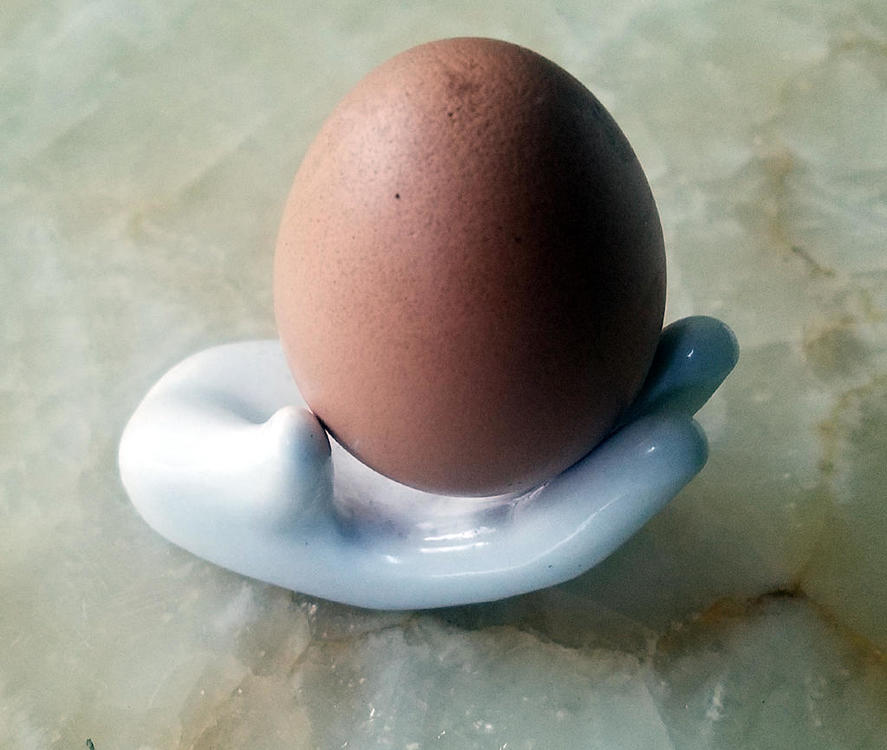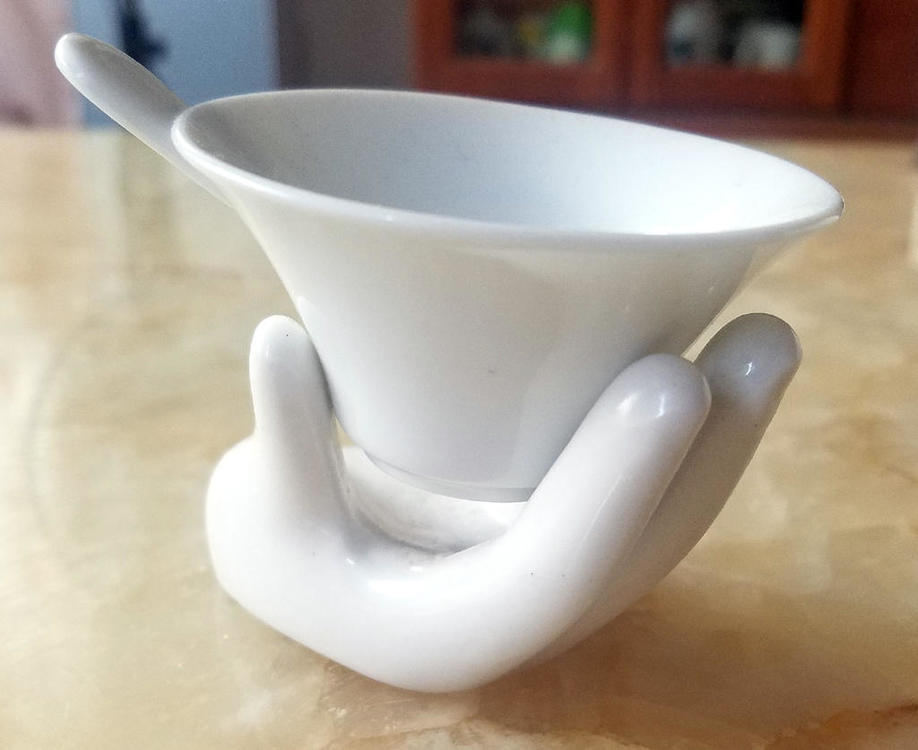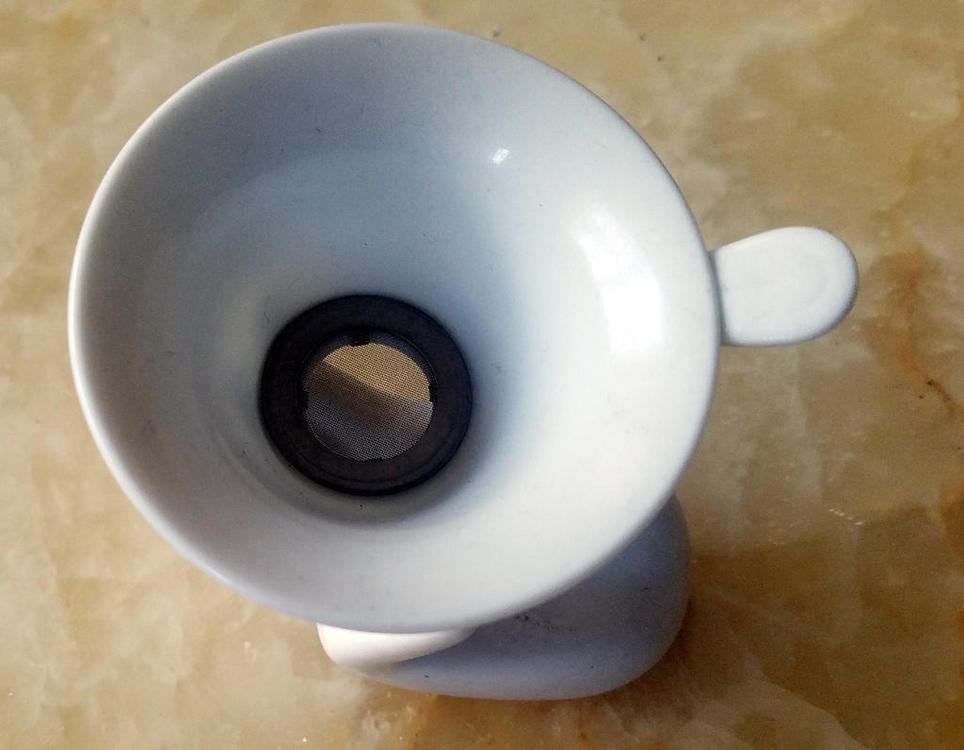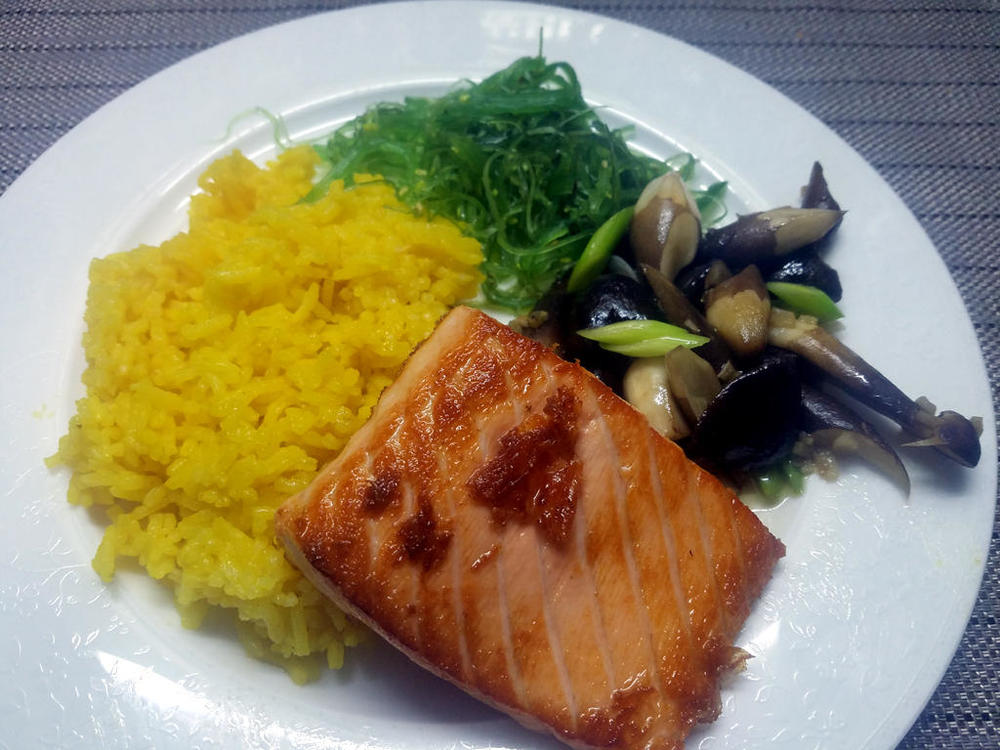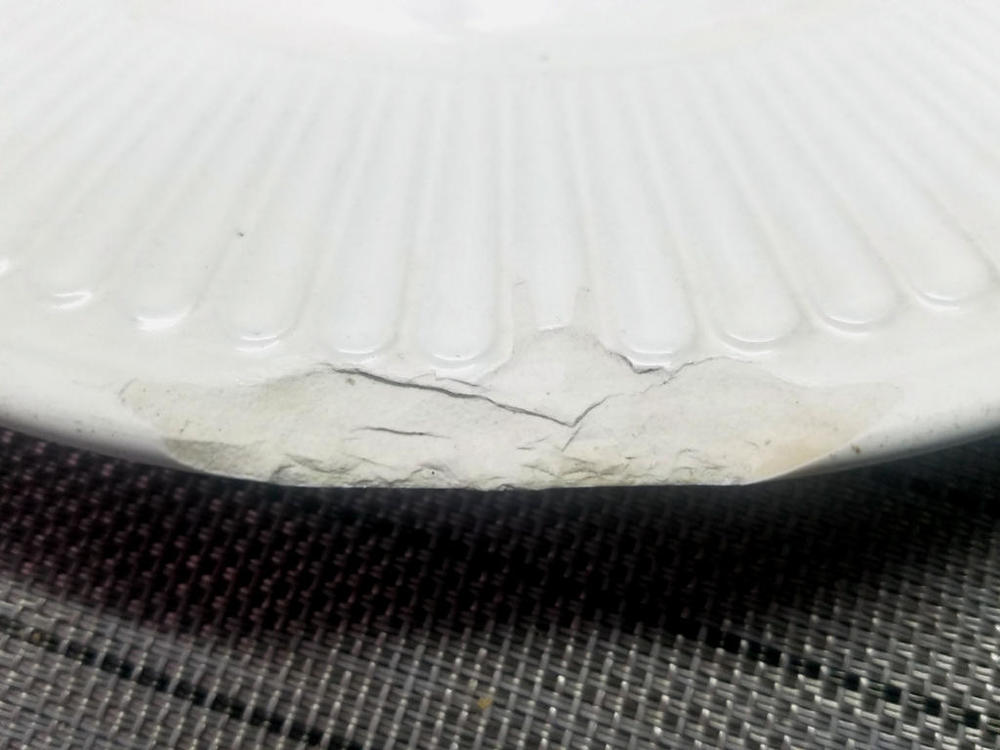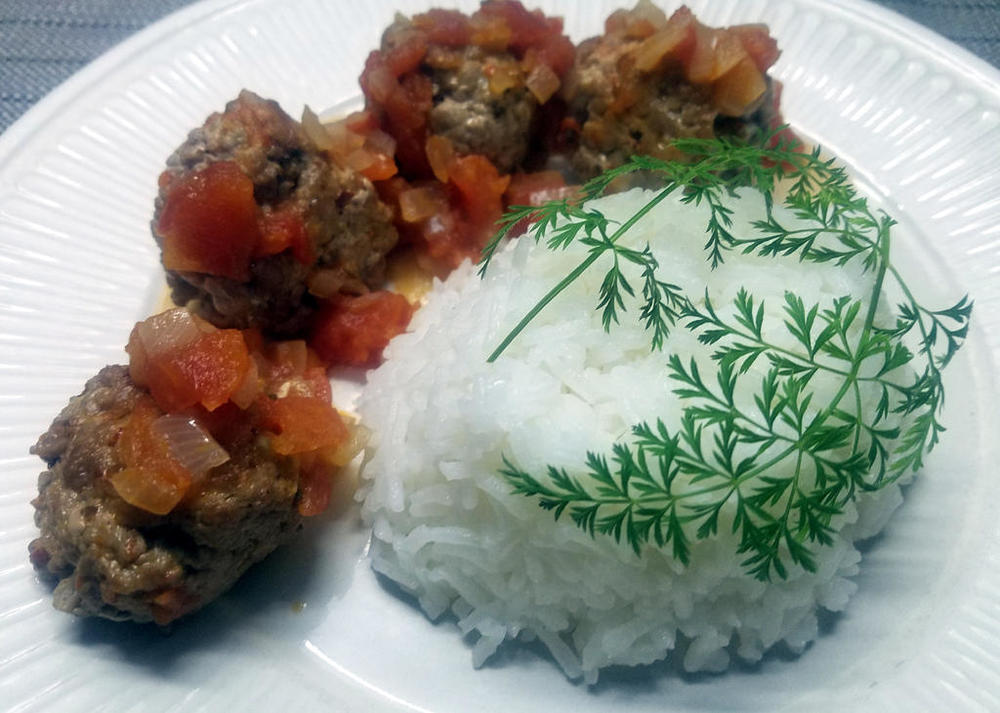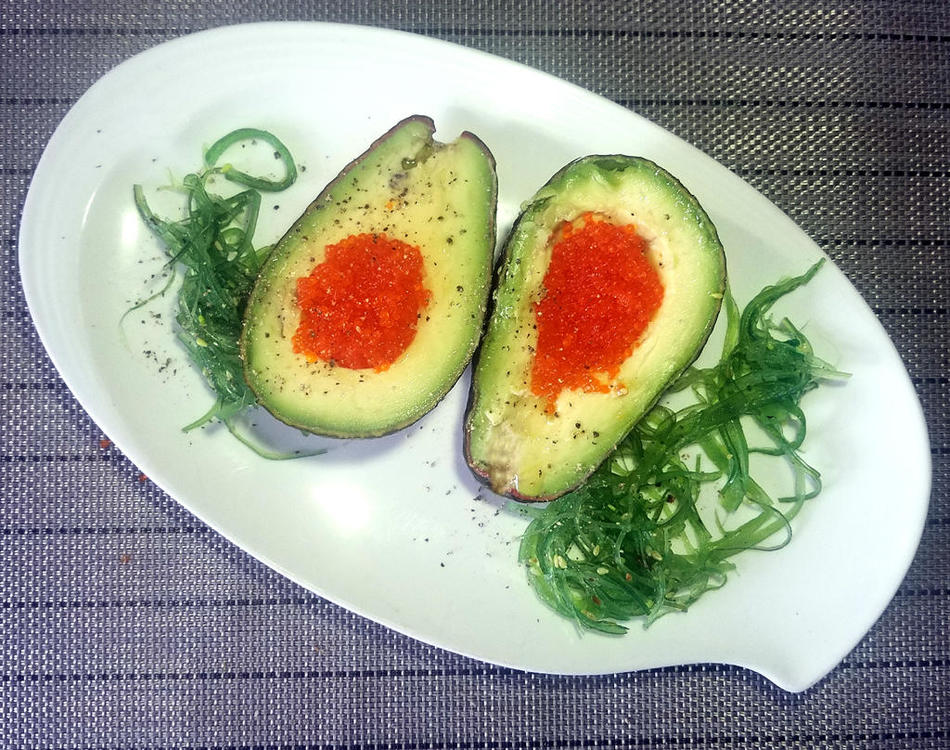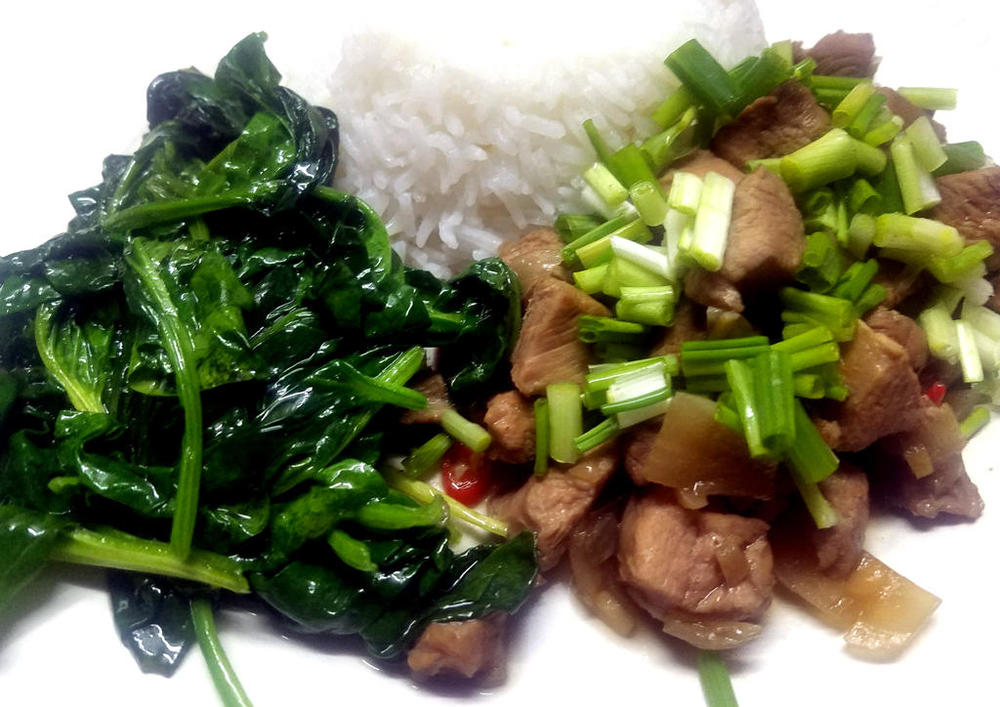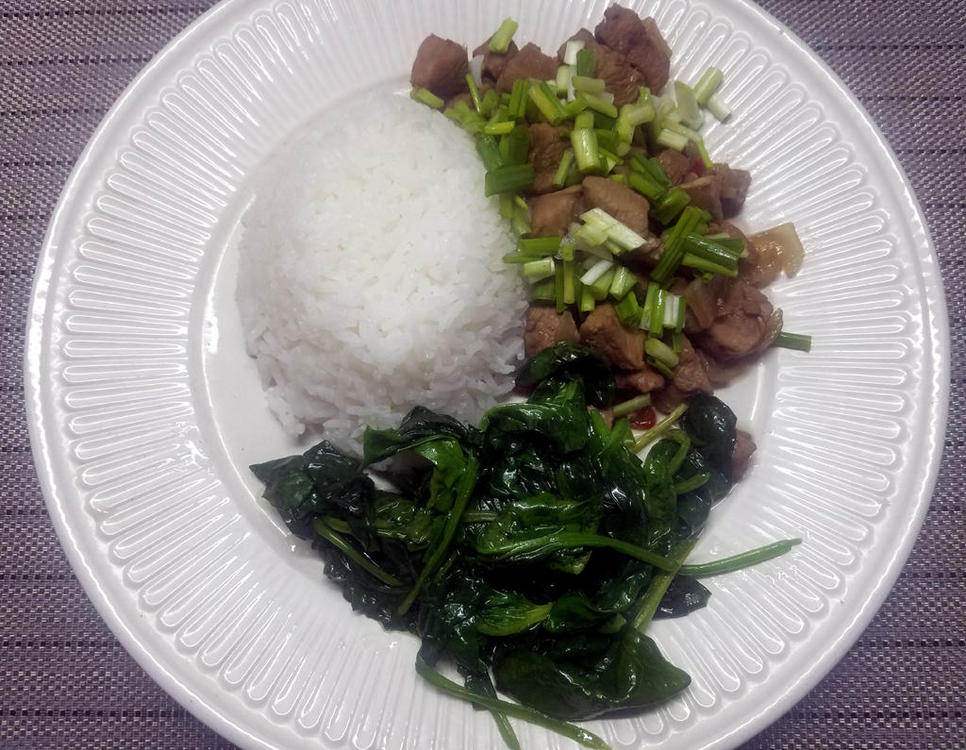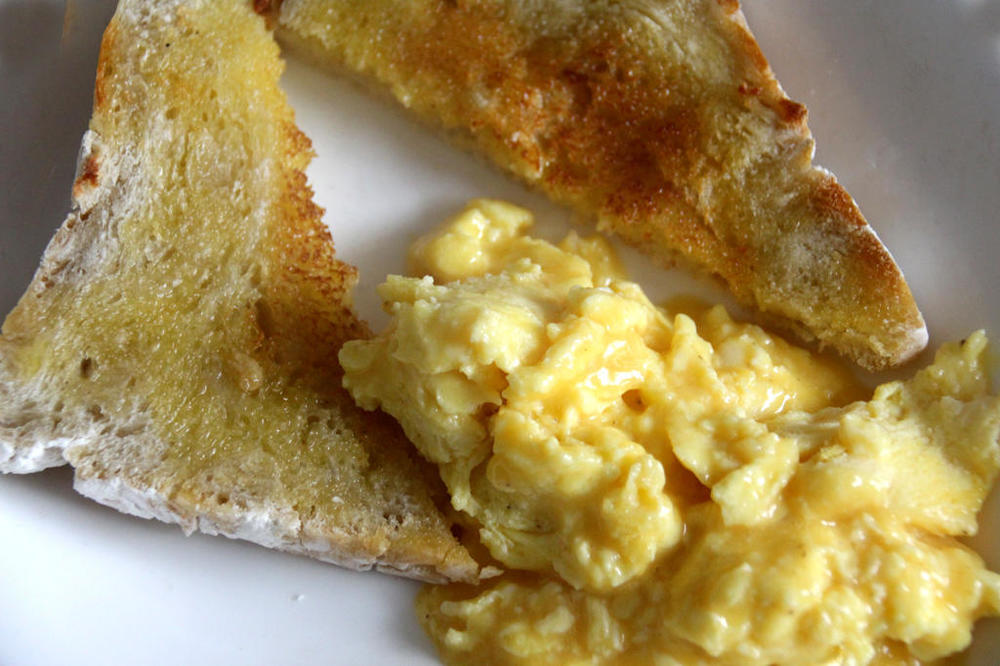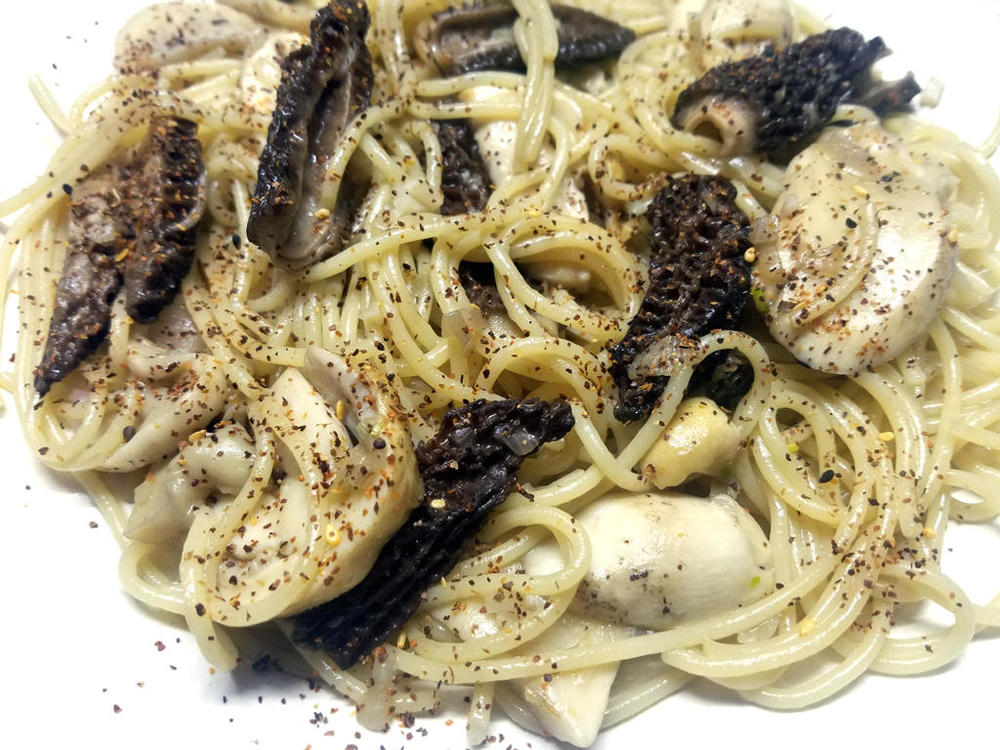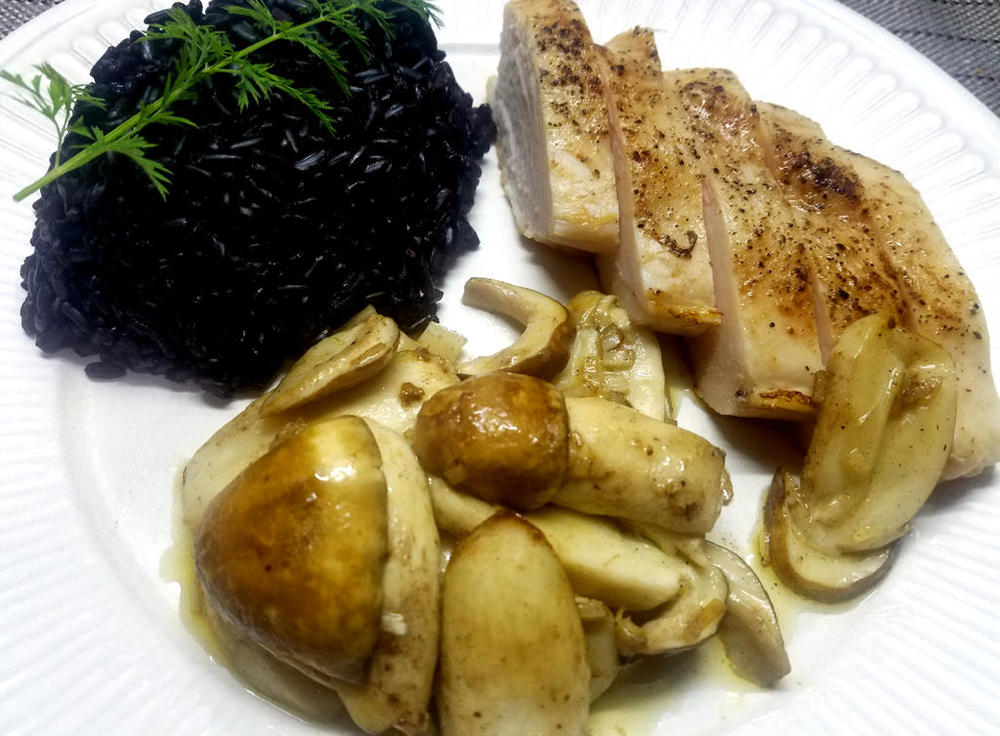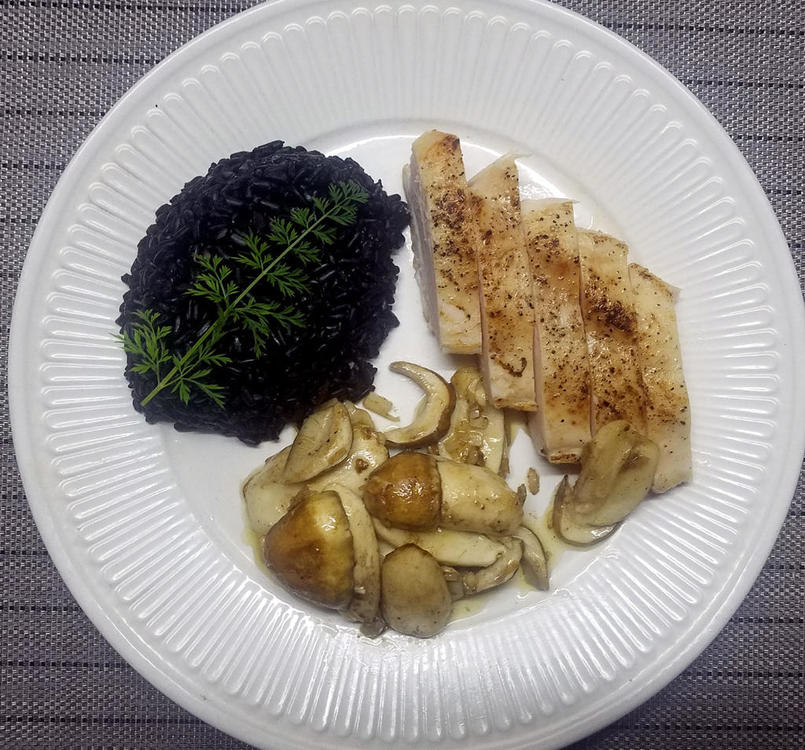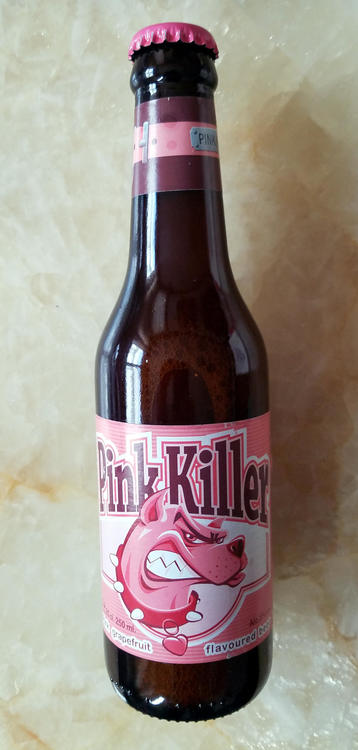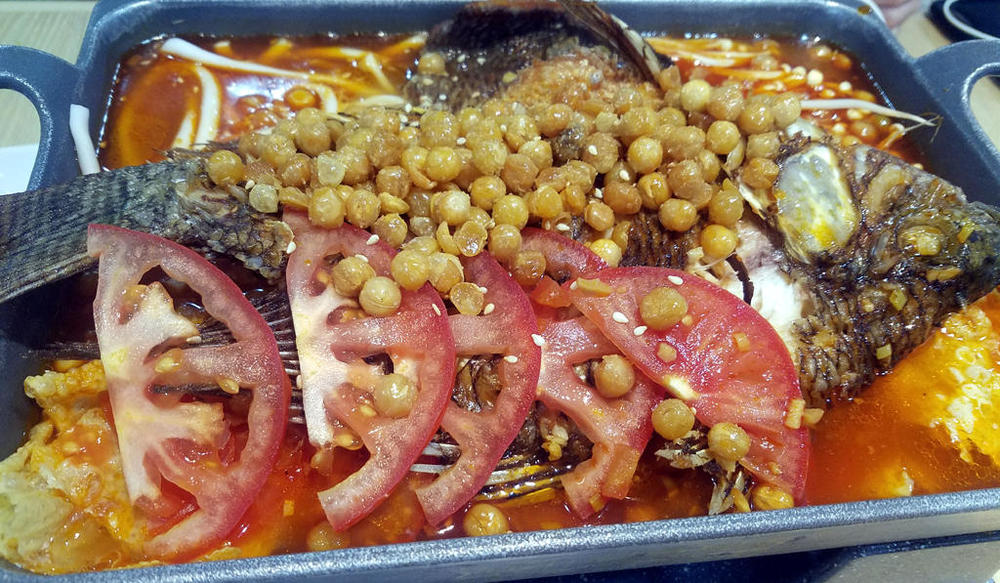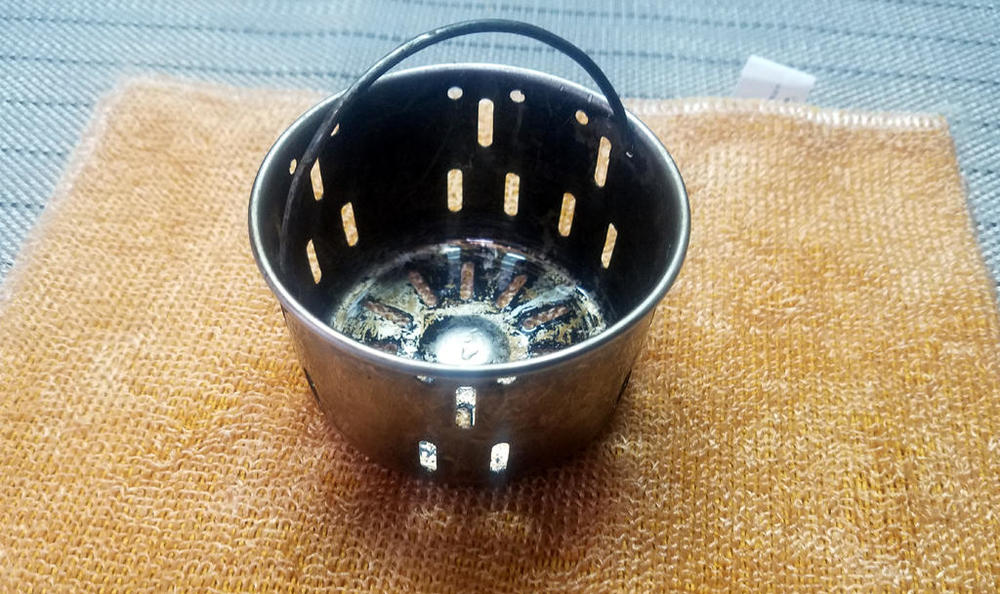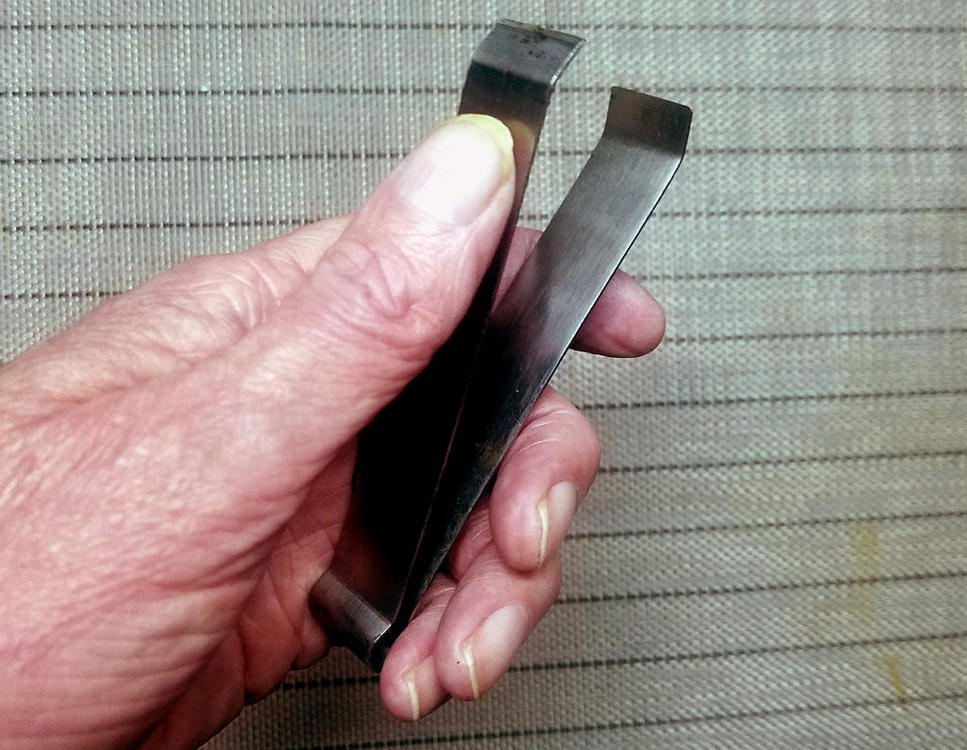-
Posts
16,728 -
Joined
-
Last visited
Content Type
Profiles
Forums
Store
Help Articles
Everything posted by liuzhou
-
Wow! I just noticed this post. I pay $0.2 CAD for these. That price is 35 times higher! Someone is having a laugh. I'm in the wrong business.
-
I wouldn't eat them. Seafood is one of the most common sources of food poisoning. For me freshness, is paramount. Fortunately, unlike most, I get my shrimp live.
-
-
They are sold in tea shops and are intended to be used as rests for tea strainer. I'll post a picture of the intended use tomorrow. I'm in bed now. Gone midnight here. I mainly use them as eggcups, which is how @Anna N saw them, I believe.
-
Thanks @@Anna N I am particularly fond of my teardrop plate. I have a couple of them. The bowl, as I think I've said before, is a plastic thing from the equivalent of a "dollar store". I can't remember what I paid for it; certainly less than I paid for its contents. Here just for you are my fingers. They are ten a penny round here, although the particular store I bought them from closed last weekend. I have dropped them before, but always managed to replace them. I know a few places which have them. White plates are not popular here. In fact, people don't eat from plates and most serving dishes are oval and usually hideous. Plain white was all I would entertain when I lived in Europe. I did manage to find a slightly smaller replacement today, but it's not perfect.
-
Saffron rice, China sea grass, wild mushrooms with garlic and pan-fried salmon. Served on new plate.
-
I bring dreadful news. Brace yourselves. Sit down. Have a reviving brandy and smelling salts to hand. Viewer discretion is advised. I will never again grace the pages of this illustrious forum and the Breakfast, Lunch and Dinner topics with my poor attempts at the kitchen skills, supported (literally) by favourite plate - the 10¾ inch beautiful plain white darling and love of my life. This morning, some idiot* trying to do two things at the same time let her slip through his pathetic fingers and she was seriously injured - chipped and flawed beauty. She is now in semi-retirement supporting my basil plant pot on the balcony in a lonely, sad reminder of her culinary past. I would be disgracefully unemotional, but plain white plates are hard to come by round here (plates are hard to come by) and the place I found her is no more. Well, the place is still there but it is now a hand bag shop. I have no need of such accoutrements. RIP. * My lips are sealed
-
Pork meatballs in a fresh tomato sauce with rice. There was a side of garlicky spinach,too. The balls were pork, salt and chilli flakes. No egg or bread. Not required. The tomato sauce was made from fresh tomatoes (obviously), onion, star anise, bay leaf and a little white wine and simmered for an hour-and-a-half before the browned balls were added. Lots of sauce left over to take up scarce freezer room, but ...
-
“Butter fruit“ is as near as you could get to the literal translation of the most common Chinese name, too. 牛油果 (niú yóu guǒ)
- 134 replies
-
- 1
-

-
- Mexican
- Vegetarian
-
(and 1 more)
Tagged with:
-
Pitted avo filled with flying fish roe (salmon or even real sturgeon caviare. would be better of course, but not available to me). Dressed with a mildly vinegary, simple vinaigrette of oil and white Chinese rice wine vinegar. Served with cold, Chinese sea grass and black pepper. Also posted in the Avo Cook Off topic.
-
Like others, I've never cooked avocado or particularly wanted to. The nearest is a BALT where the avocado is slightly warmed by the contact with the bacon. I have been making this a lot recently, though. Either as a starter, a breakfast, brunch or a just a snack. Pitted avo filled with flying fish roe (salmon or even real sturgeon caviare would be better of course, but not available to me). Dressed with a mildly vinegary, simple vinaigrette of oil and white Chinese rice wine vinegar. Served with cold, Chinese sea grass and black pepper.
- 134 replies
-
- 12
-

-
- Mexican
- Vegetarian
-
(and 1 more)
Tagged with:
-
Lunch today was excellent in every respect except the food. I had arranged to meet a recent acquaintance to discuss some potential professional cooperation. She chose the restaurant. We spent an hour talking, not so much about business, but everything else besides - language, food, Chinese politics, visiting Japan, cameras, internet issues, family ... The place was supposedly Hong Kong food. Very little on the menu was Hong Kong cuisine, and the dishes which were recognisably HK by name were odd in execution. I had been there several years ago and it was good. Disappointing. Also, disappointing for my friend, who had also been before and enjoyed it. I had a bowl of wonton noodles, a Hong Hong classic. They were a disaster. Insipid soup. Three shrimp wontons (if shrimp wontons are meant to have the texture boiled golf balls - they were almost inedible). The noodles were apparently rejects from the cheapest, nastiest instant noodle brand. Her dish was no better, but she liked the milk tea. The meal cost ¥58 (around $8.70 USD) . Not a huge amount, but I'm sure the ingredients couldn't have cost more than about ¥3 ($0.45) . When I asked for the bill, I was curtly told to go to the cash desk at the other side of the fairly large restaurant, while two wait staff stood nearby gossiping about other staff members, unaware that I could understand them. So wonderful service, too. No doubt they think they will be redeemed by offering this nonsense on their menu. The Chinese says "Light Bulb Milk Tea" No, we didn't order it.
-
In that case they can't be "iterations". Iteration means "repetition". Different "versions", maybe? (Sorry. Pet peeve. Most misused word of the decade.)
-
啤酒鸭 (pí jiǔ yā) - Beer Duck. Duck with garlic, onion, ginger, star anise, chilli, dried tangerine peel, chives braised in beer. Non traditionally, I used Belgian "Trappistes Rochefort" because that is what I had. Served with rice and wilted spinach.
-
I've seen that same sauce packet in supermarkets here in China, but never bought it. Not a big fan of Japanese curry.
-
Guests for breakfast. Flew in at a time I normally only see on my way home after a good night out. Scrambled goose egg and toast. My guests flew in - not the goose.
-
Spaghetti with Morels and Porcini. In order to avoid the eternal shame of seeming to have turned vegetarian, I fried the mushrooms in bacon fat. Oh yes! Tasted infinitely better than it looks.
-
Yes, there has recently been a big government backed drive to export these instant luosifen. Not a patch on the real thing, though.
-
1-10-10 pan fried chicken; buttery, garlicky, fried cèpes and black ice. There was aalso a mushroom sauce which I poured after taking pictures.
-
Picked this up this morning, not because I wanted it, just to add to my collection of silliness. Love the brewery's honesty in their choice of name. My only question is "Why? I mean "Why?'" (to be uttered in a tone of despair). It tastes like some one had a glass of grapefruit juice with breakfast and then forgot to wash the glass before pouring a beer hours later.
-
I may have said this before, but I am sure that there no-one in China over the age of eight who can't cook egg and tomato! Some years back, I asked a group of 18 year old students to write me the instructions for any "Chinese" dish they could cook. 95% chose egg and tomato! I'd say for 96% of those, it was possibly the only thing they could cook. It seldom appears on menus, but you can always get it. There isn't 1 in 1.4 billion people can't throw it together. The downside is that for vegetarians. which I thank all the gods I'm not , it's the only dish they ever get! Nothing wrong with it, though. And seldom served alone. The animals parts will be another dish.
-
Lunch with a friend in a local food court. This eight table place only does roast fish, albeit in seven different ways. We went for the set meal for two. Roast tilapia in a tomato based sauce with mushrooms (enoki and shimeji), soy beans, soy milk skin and chilli. With rice and a selection of veg. The equivalent of $7 USD / £5.30 GBP.
-
My kitchen sink has this. I think it may have come with the sink - I've never seen one exactly like that in the kitchen supply shops. It is good for catching all but the smallest food fragments and small utensils. As for fish bone removal, I have been using these fish boning tweezers for about fifteen years. They were sold specifically for the purpose, work very well and cost less than peanuts.



